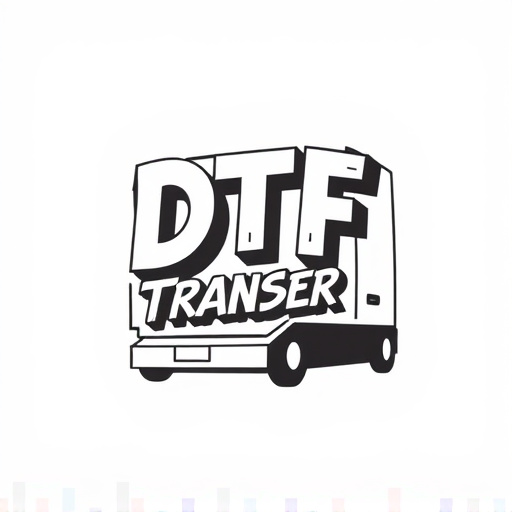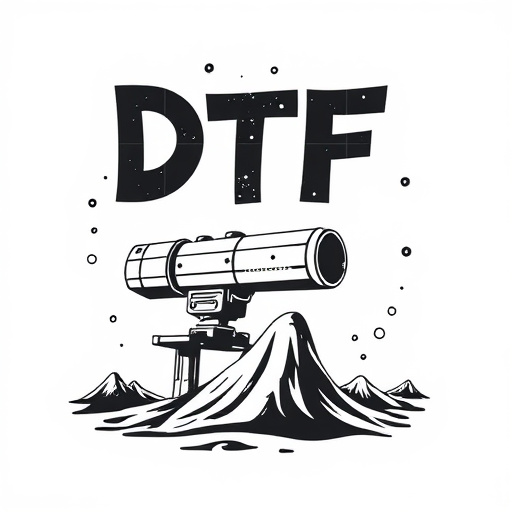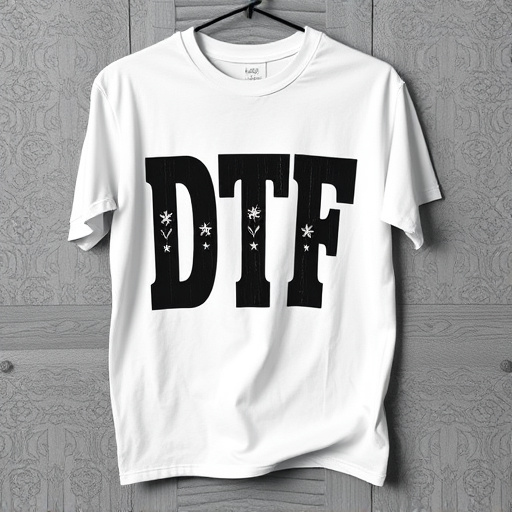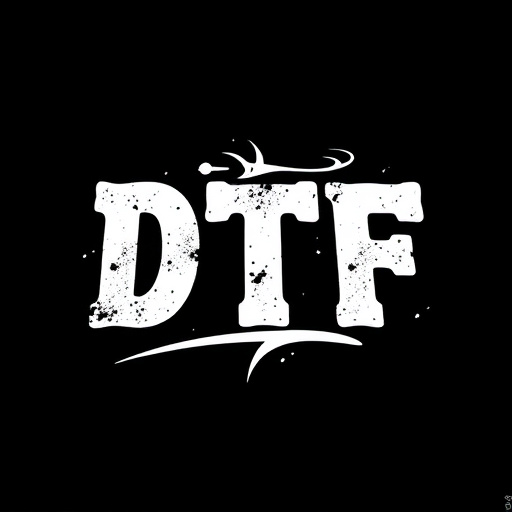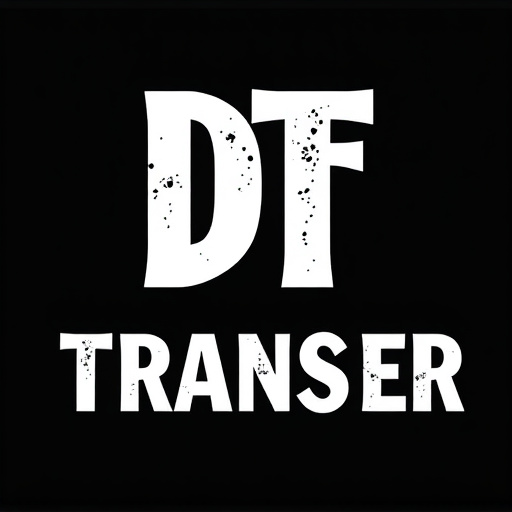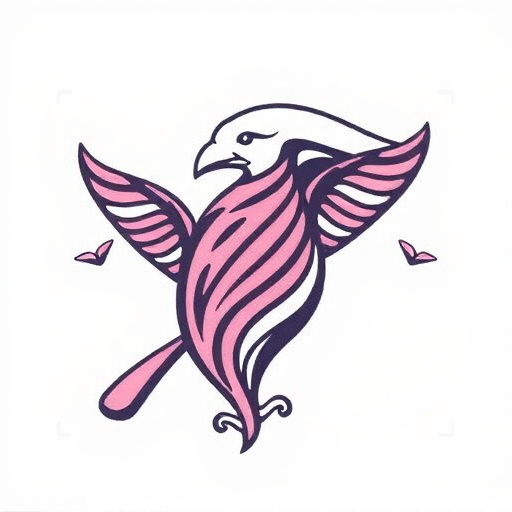DTF (Direct to Fabric) Printing Services have transformed apparel production with fast, high-quality printing on diverse fabrics, enabling complex designs. Automating the ordering process offers numerous benefits, including streamlined workflows, error reduction, faster turnaround times, and improved efficiency. Key areas for streamlining involve identifying bottlenecks in every stage of the workflow, from client interaction to delivery. Implementing automation strategies, such as robust DTF gang sheet builders and swift delivery systems, accelerates design processes and enhances client satisfaction. Using specialized printing software and automated material handling systems ensures precise control, color accuracy, and consistent quality. Best practices include establishing clear workflows, updating software, calibrating heat press settings, leveraging data analytics, and optimizing systems based on recurring patterns to maximize productivity for vibrant DTF printing designs.
In today’s fast-paced world, streamlining ordering processes for DTF printing services is key to enhancing efficiency. This article guides you through automating DTF printing service orders, from understanding their potential to implementing best practices. We’ll explore identifying bottlenecks and highlighting tools that can revolutionize your workflow. Learn how to optimize, save time, and improve accuracy in managing DTF printing requests effectively.
- Understanding DTF Printing Services and Their Automation Potential
- Identifying Key Areas for Streamlining Your Ordering Process
- Implementing Automation: Tools, Strategies, and Best Practices
Understanding DTF Printing Services and Their Automation Potential

DTF (Direct to Fabric) Printing Services have gained significant traction in the apparel industry due to their ability to offer fast, high-quality printing on a variety of fabrics. This technology allows for intricate designs and detailed imagery to be transferred directly onto clothing or other materials, making it a popular choice for both small orders and custom apparel production.
Automating the ordering process for DTF Printing Services presents numerous advantages. By streamlining workflows, businesses can reduce manual errors, speed up turnaround times, and improve overall efficiency. One of the key aspects to focus on is digitalizing the design upload process—allowing customers to upload their own gang sheet designs directly onto a platform that interfaces with the printing house. This not only simplifies the order placement but also enables faster production for both small and custom orders, catering to the dynamic demands of modern businesses.
Identifying Key Areas for Streamlining Your Ordering Process
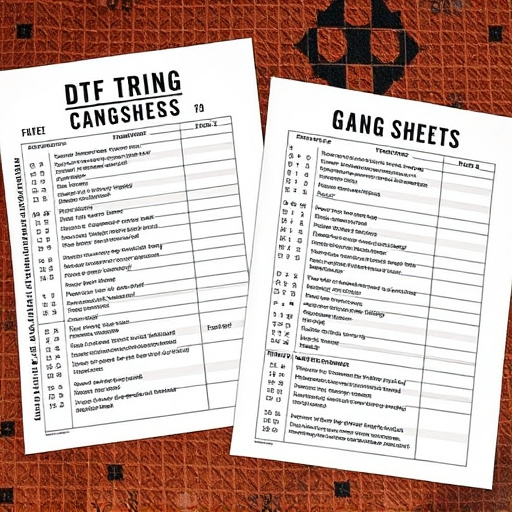
Identifying Key Areas for Streamlining Your Ordering Process
The first step in automating DTF Printing Services efficiently is to pinpoint areas within your ordering process that can be streamlined and optimized. Start by evaluating each stage, from initial client communication to final delivery. Look for bottlenecks and inefficiencies that slow down production or cause delays. For instance, consider the time taken for manual data entry, approval processes, and order confirmation. By identifying these pain points, you can focus your efforts on automation strategies that offer the most significant impact.
A powerful tool in your arsenal is a robust DTF gang sheet builder. This technology enables users to create printing layouts quickly and accurately, streamlining the design process. Additionally, implementing a system for fast delivery ensures clients receive their orders promptly, enhancing overall satisfaction. Remember, the DTF printing process can be significantly improved by adopting digital solutions that automate repetitive tasks, enabling your team to focus on more strategic aspects of the business.
Implementing Automation: Tools, Strategies, and Best Practices

Implementing automation for DTF Printing Services is a strategic move that can significantly streamline your operations and boost efficiency. The right tools, such as specialized printing software and automated material handling systems, play a pivotal role in this process. These technologies enable precise control over every step, from design input to final product output. By integrating these solutions, you can ensure consistent quality and accuracy, minimizing human error and maximizing productivity.
Best practices for automation include establishing clear workflows, regularly updating software configurations to align with the latest DTF curing processes, and calibrating heat press settings for optimal results. Additionally, leveraging data analytics to monitor print jobs and identifying recurring patterns can help optimize your automated systems over time. With vibrant designs as a key component of DTF printing, maintaining color accuracy through automated calibration ensures that each order meets high-quality standards.
Automating the ordering process for DTF Printing Services not only streamlines operations but also enhances efficiency and reduces human error. By understanding the key areas for streamlining, implementing the right tools and strategies, and adhering to best practices, businesses can significantly optimize their workflow. This approach ensures a seamless experience for clients while enabling providers of DTF Printing Services to focus on delivering high-quality results.




